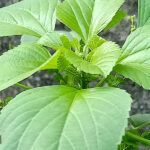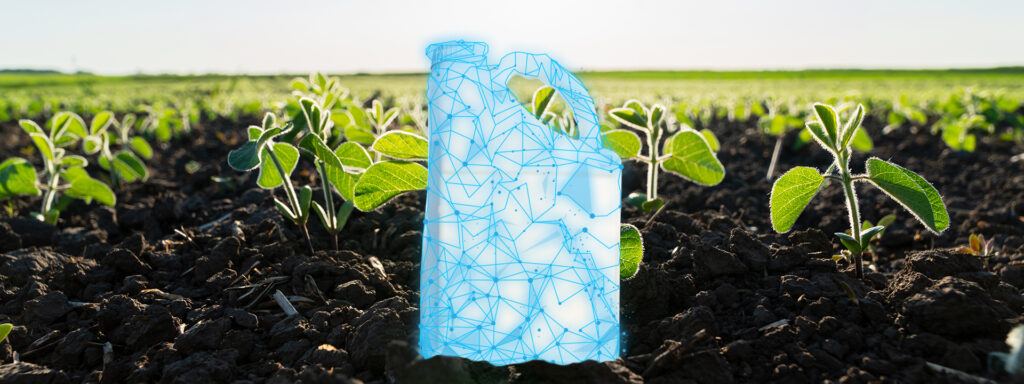Cereal Seed Treatments Help Maximize Yield Potential
Vayantis seed treatment provides robust protection from pervasive early-season stressors like Pythium to help seedlings thrive.

As you prepare for the 2024 season, creating a disease management plan for your cereal crops is crucial to keeping your fields protected. While field management, fungicides and planting strategies are important factors to this plan, consider what you can do to protect your crops and maximize yield potential before the seed even goes in the ground.
Seed treatments for cereal crops allow your seedlings to have the strongest possible start from day one by providing greater protection against early-season stressors like Pythium to help ensure proper root development and optimal stand.
With more than 50 known species in the U.S. – and found in every agricultural soil in North America – Pythium is one of the most persistent, pervasive and resistant disease pathogens. It is so common in wheat that it is often misdiagnosed as winter injury, poor soil fertility or toxicity from crop residue. The adverse impact of this disease on yields is clear:
- In winter wheat, when Pythium populations were experimentally reduced or nearly eliminated, yield typically increased by 15-20%1 and sometimes up to 50%2.
- Pythium has been described as more limiting to stands and seedling vigor of wheat during more years and over a greater portion of North America than any other disease3.
Seed treatments like Vayantis® are particularly effective at preventing early-season diseases, like Pythium. Vayantis utilizes novel modes of action to provide robust protection against early-season disease and can be customized to further meet the needs of your fields. With proven results, seed treatments like Vayantis help seedlings thrive, while increasing overall crop quality, stand establishment and yield potential.
1Hans Kok, WSU/UI Extension Conservation Tillage Specialist, UI Ag Science 231, PO Box 442339, Moscow, ID 83844 USA Redesigned by Leila Styer, CAHE Computer Resource Unit; Maintained by Debbie Marsh, Dept. of Crop & Soil Sciences, WSU
2Degrees of Sensitivity to Metalaxyl Within the Pythium spp. Pathogenic to Wheat in the Pacific Northwest. R.J. COOK, Research Plant Pathologist, U.S. Department of Agriculture, Agricultural Research Service, Washington State University, Pullman 99164, and BING-XINGZHANG, Visiting Plant Pathologist to Washington State University from Zhejiang Agricultural University, Hangzhou, Zhejiang, Peoples Republic of China
3CA data, A. Dickson, and EU data, S. Torrian
- Pythium is one of the most widespread and important disease threats to yield potential throughout the U.S.
- Seed treatments protect against Pythium, promoting proper root development, overall crop quality and optimal stand before the seed even goes in the ground.


















